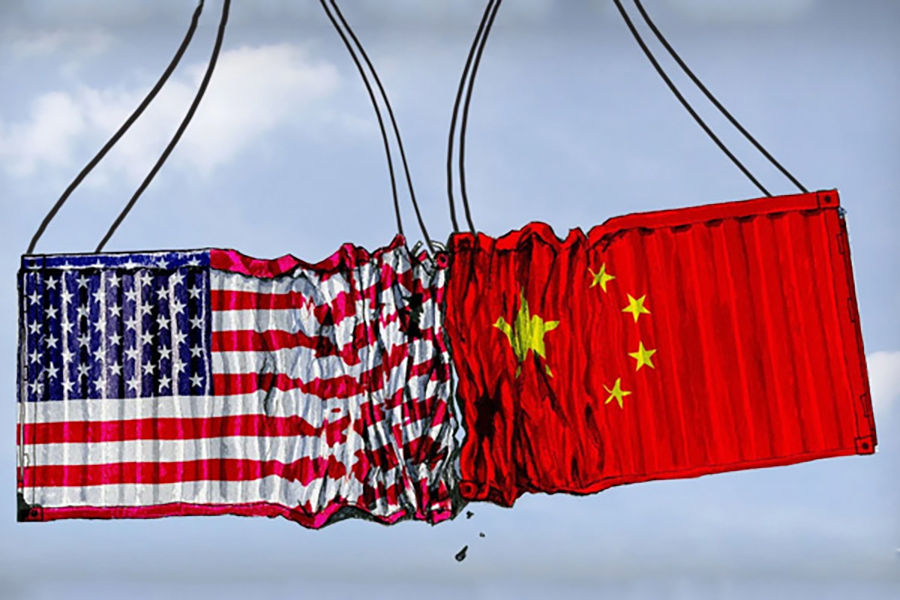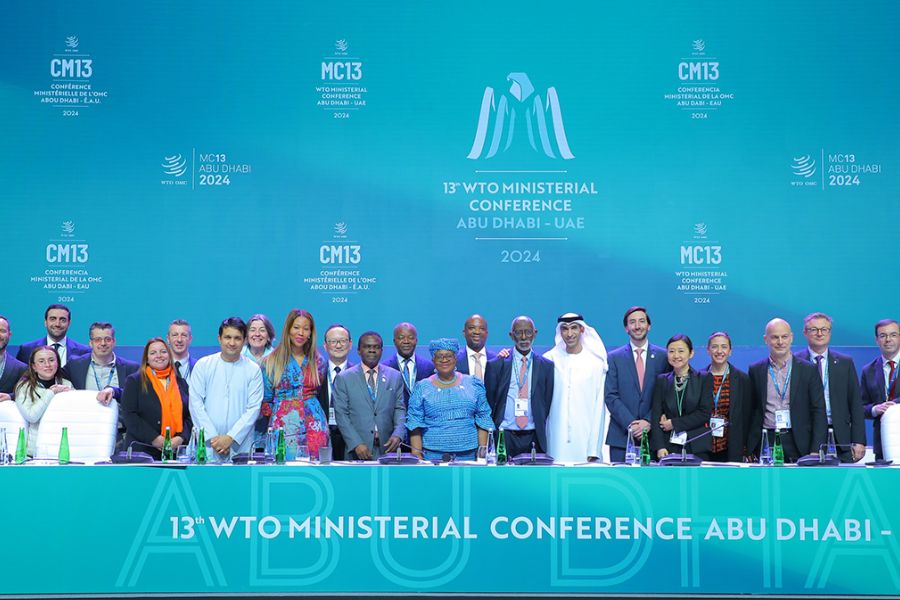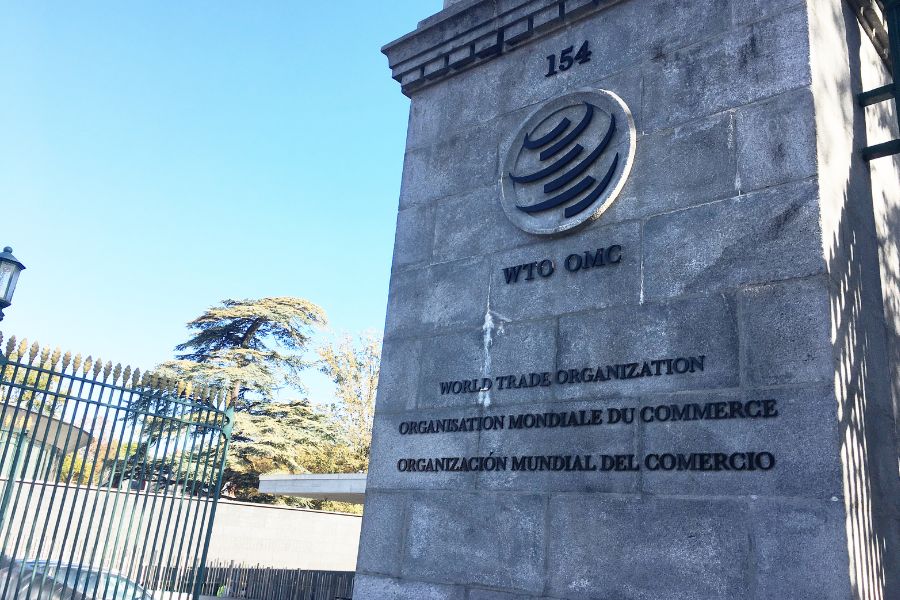Japan-EU inked the trade deal: Why India is waiting?

The EU and Japan are two highly developed economies that already have strong trade and investment links. In addition, Japan is an important strategic partner for the EU and a key ally in the Asia-Pacific region, standing already with second highest trade volume figures between the two. The EU has a bilateral deficit in goods and surplus in services (an overall positive trade balance). However, Japanese companies have a strong presence in the EU and serve the market through mode 3, multinational presence, in services especially. The majority of EU exports are in industrial goods although agri-food products already represent 10 percent of EU exports and thanks to the agreement there is further potential for expansion. Japan is currently exporting industrial goods (transport equipment and machineries and appliances in particular) to the EU and the reduction in trade barriers foreseen in the agreement will potentially yield an increase in this trade. The agreement has achieved a high degree of trade liberalisation. The EU has liberalised 99% of tariff lines and 100% of imports and Japan 97% of tariff lines and 99% of imports. However, on the 3% of tariff lines not fully liberalised, Japan has given significant concessions in terms of tariff rate quotas and/or tariff reductions as described below.
Furthermore, the lower figure is also largely compensated by the significant effort made by Japan in addressing a large number of Non-Tariff Measures. This agreement has also the potential to benefit SMEs given the strong presence of these companies among EU exporters to Japan. For these smaller companies, the SME chapter commits each participant to transparency regarding access to its own market through the sharing of information. The reduction of tariffs and majorly non-tariff measures foreseen in the agreement are expected to add 33 billion euro (37.75 USD Billion) to the EU GDP by 2035. This corresponds to around 0.14% of additional GDP and is accompanied by an increase of about 13 billion euro of EU exports to Japan. For the EU, this agreement provides a positive overall outcome and leads to considerable gains in sectors that are not always the ones that benefit the most from Indian trade policy, e.g. agriculture, beverage, textile, apparel and leather products (as these sectors in India is relatively protected). No EU sector is foreseen to experience noticeable losses, including the motor vehicle sector which is expected to see its exports to Japan mainly due to the reductions in non-tariff measures achieved by the agreement. For Japan the main gains are in manufacturing industrial goods. It is often referred as “car for cheese trade agreement”
Small Dent
The EU currently imposes a 10% tariff on Japanese cars. Under the agreement, it will lower this to zero over eight years. Although cars and auto components account for about a fifth of Japan’s exports to Europe, Japanese carmakers’ share of the European market is only about 10%, much lower than in the U.S. or Asia.
The agreement will allow Japanese carmakers to compete on a more even footing, but they are in for a fierce battle. As countries such as France have announced plans to halt the sale of gasoline- and diesel-fuelled vehicles by 2040, European automakers are investing heavily in the development of electric cars. Japanese manufacturers may not benefit much from the lower tariffs if they fail to respond to a rapidly changing market in Europe.
Effect on India
The deal also has symbolism for Asia, with many countries in the region involved in mega trade deal, the Regional Comprehensive Economic Partnership, an Asian trade deal that includes China and India which is expected to complete its negotiations by next couple of months. India has only nine free trade deals with various countries in the world, and not one with a Western trading partner. If we were to strike up any, it would be far more inclined to do so with the European Union. An EU-India Free Trade Agreement (FTA) is far more appealing as trade between Europe and India has tripled since 2000.
So far, from last five years India hasn’t signed any trade agreements, as it is negotiating/reviewing 22 trade agreements, including with Israel in West Asia and African countries like Mauritius. The government has largely adopted a “conservative” policy on some industrial products and most farm items by maintaining a large number of products in the negative list which makes other economy incurious.













Leave a comment